hey guys,
My friend just let me know that one of his friends dad is selling a german helmet. His father got it when all the kids in the neighbor hood in the 50s played with all this stuff and he traded a pack of gum for the helmets WHAT A DEAL! all my friend knows is that it has a german eagle and swatika on it and the "german flag" as he puts it. Right now it sounds like its a double decal heer. Hes only asking $60 for it and i will be getting pictures later tonight. Wish me luck and i hope its a good find. Thanks Waffenrock
Guys,
Nothing fancy not even a maker mark just Solingen on the blade. This is the only one I have that has screws though instead of rivets, I have read about it but not seen it.
Regards
Jock:)
As this is my first post on this forum: Greetings to you all!
During my family vacation in Normandy, a few weeks ago, we visited the landing beaches quite a few times.
One one day, during low tide, my sons found an intreaging object burried in the beach sand, about 60 m from the floodline. With it's top at equal height as the surrounding sand, the object could easily be overseen. The outskirts had a rectangular shape of about 50 x 70 cm seen from above, as a 50 x 40 cm rectangle with a section of 50 x 30 cm attached to it (or better as a 50x70 cm rectangular box with deviding inner walls). It looked like some old box with the top lid rusted away, of which only the upper outlines/walls were visable (the inner filled with stones, sand and debry), with the further remains still burried in the sand. As the remaining wall-parts were of a smudgy black substance, they seemed to be of iron, corroded in seawater. Considering it's position, the object must have been flooded most of the time. My sons, eager to explore "a supposed hidden treasure" :shok_yikes:, already had taken a portion of the sand out off the 50 x 40 cm rectangular section. Slowly, a circular shape appeared in the middle: a cilinder of approx. 20 cm diameter x 40 cm length (in the 70 cm total length direction) with a black-ish outer color. One rather optimistic blow on it wit a piece of rock, revealed that the cylinder consisted of a white chalk-like substance, with some parts of rather thin copper plate bedded into it. When parts of the chalk-like stuff came off, the copper shined as isf it were brand new. I could not resist to carefully tear off a little piece of the copper plate, and to take that and a piece of "chalk" as evidence. Within a day, the copper surface corroded on the air towards the usual gold-brown to brown, so it must have been protected rather well (by the "chalk" and probably a thin tar coating around the cilinder). I "sensed" that ... most certainly, this was not an old washing machine... :rolleyes: We went to the Gendarmerie National (French semi-military police) the next day, showed them the parts, drove to the beach with them and showed them the find. As far as I understood with my poor French, they had'nd seen this before, but were quite sure (also after smelling the "chalk", which had a petrol like smell) that this was some sort of mine, with it's chalky stuff being the explosive. I guess that there was approx. 10 to 15 kg explosive (which sort? Amatol seems unlikely to me considering the copper). I bet that it must have been some remote controlled mine, as it happened to be burried in the sand almost in front of the remains of German bunker. I guess that allied artillery must have prevented it's use?
We visited the site 4 days after our visit with the Gendarmerie, and supposed that by then they would have covered the thing with a conrete plate or wat ever, awaiting probable demolition. Well, the French seem somewhat reluctant ...:o( the appearant explosive was still there, uncovered (and probably still is ;-).
It seemed a good idea to me to inform you about this find, as this may be a part of recent history of which not much information exists, and it may interest someone. I could not find anything on the internet about charges/mines like these.
I would appreciate it, if somebody could give me some more information about the thing. Was it a common mine along the Atlantic Wall? What type of explosive could it have been? What would have been the purpose of the thin copper plates embedded in the explosive (only to give some strenghth to the cilinder of explosive, or even to serve as high speed armour piercing medium)? Probably some sort of ignitor in the middle of the cilinder, with electric cabling in the 50x30 cm part? The space around the cilinder charge seems to originally have been empty - to form a better blast-effect upwards?
I'll try to add add a photo of the mine later (somehow it does not accept one now), which may say more to you guys, then all my words above?:D
Looking forward to hearing from you, and best regards.
Guys,
I think this is ok?
Any thoughts?
Regards
Jock:)
Guys,
Nice minty one left alone.
Jock:)
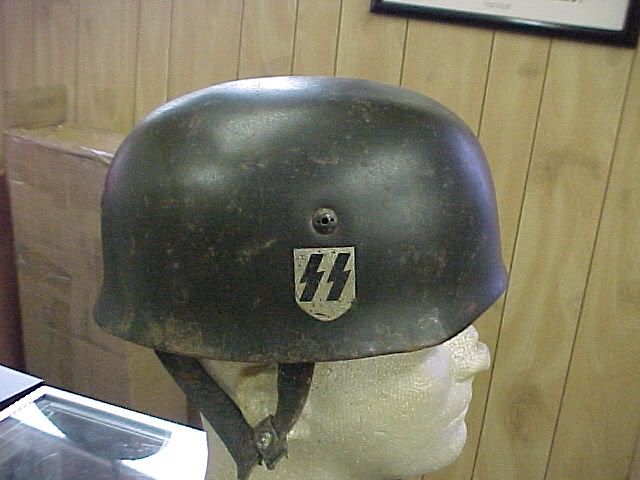 [/IMG]
[/IMG] [/IMG]
[/IMG]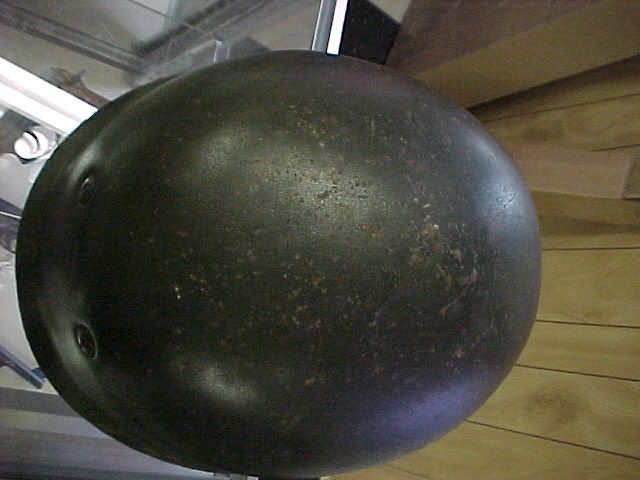 [/IMG]
[/IMG]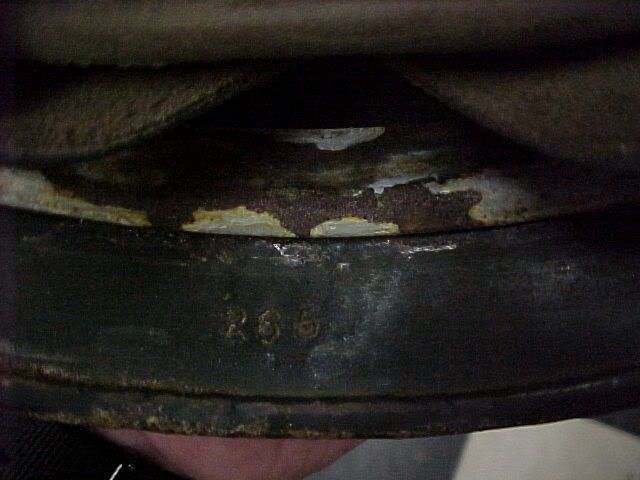
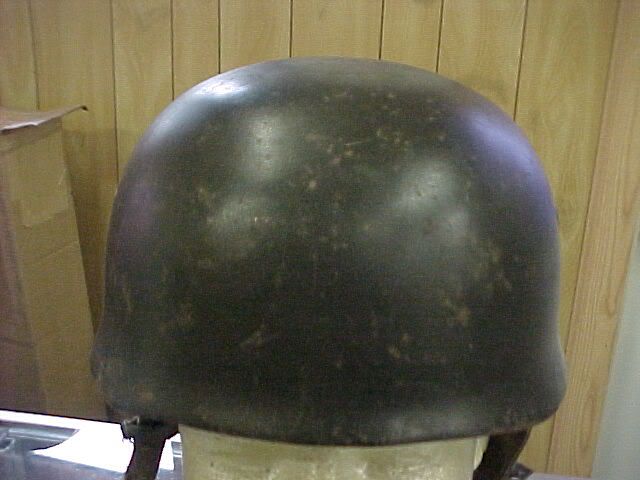
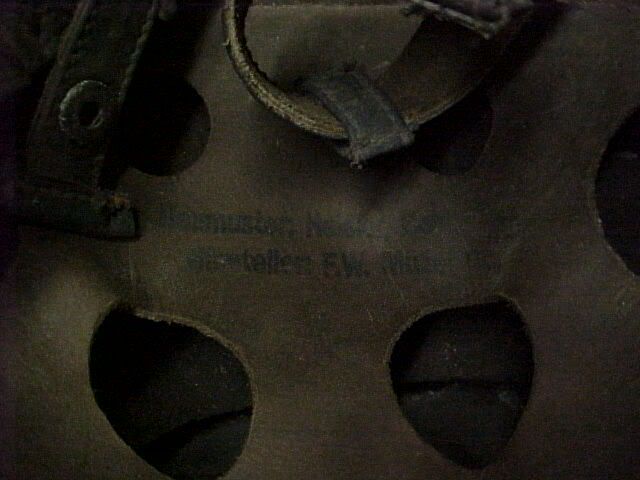 [/IMG]
[/IMG]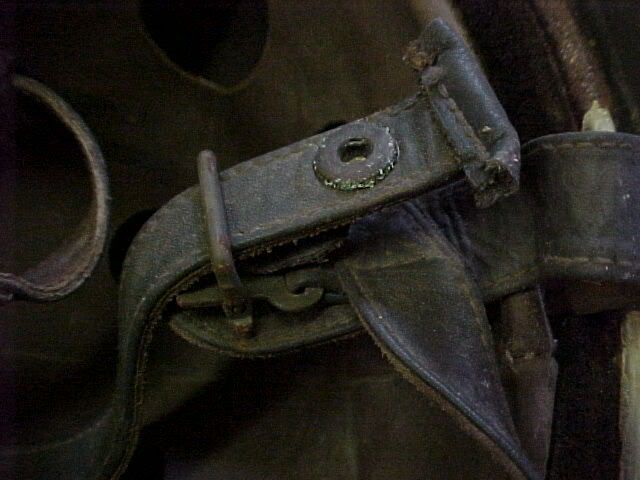 [/IMG]
[/IMG]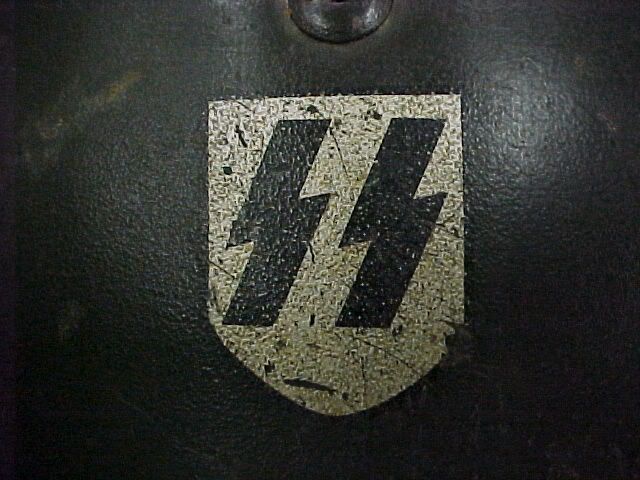 [/IMG]
[/IMG]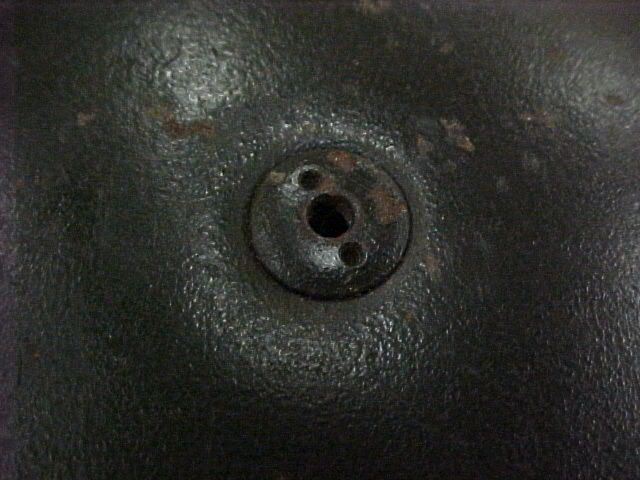 [/IMG]
[/IMG]